All about propagation of strawberries with a mustache
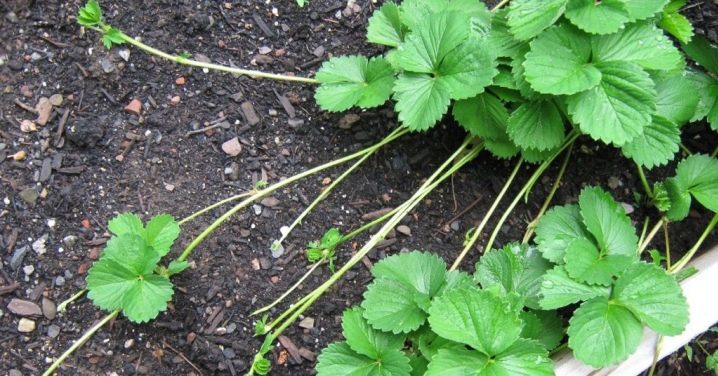
Undoubtedly, every summer resident specializing in the cultivation of garden strawberries sets as his main goal the reproduction of the strongest and most fruitful bushes. As long-term practice shows, this is the way to maximize the yield. Based on this, it is worthwhile to study everything related to the propagation of strawberries with a mustache. It is no secret that this method of breeding the described culture is one of the most effective, and, therefore, widespread.
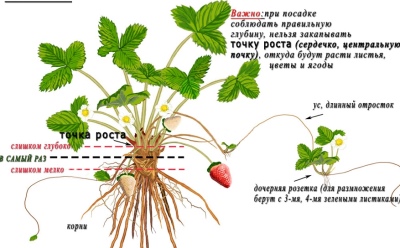
Advantages and disadvantages
There are several options for cultivating strawberries: by dividing the bush, by seeds and, of course, by mustache reproduction. In practice, the latter method is most often preferred. However, it should be noted that remontant varieties usually have problems with the release of shoots. For them, accordingly, dividing the bushes will be most suitable.
Taking into account all the features, the described method can be confidently called universal. It allows gardeners to simultaneously solve several problems at once.

In particular, it is about the fact that without the need to purchase seedlings, you can create a new or completely update an existing berry, as well as bring out a new variety. The key benefits of mustache breeding include the following important points:
-
there is no need for a special container for seedlings;
-
no need to sow seeds and germinate them;
-
financial costs are reduced as much as possible, taking into account the fact that planting material is not purchased;
-
no greenhouse or greenhouse construction is required;
-
seedlings in the overwhelming majority of cases quickly take root;
-
the key qualities of the variety are preserved;
-
the method is even suitable for breeding hybrids, which are often unable to transfer their varietal qualities to the offspring when breeding with seeds.
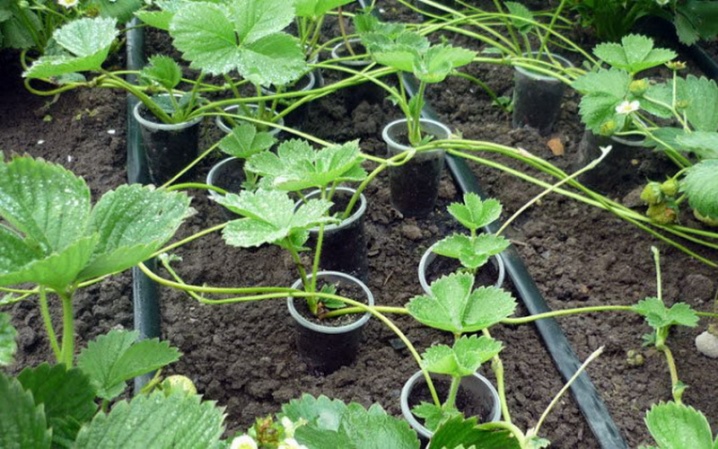
One of the main disadvantages of this method to propagate strawberries is the ability of the resulting seedlings to inherit diseases of the "source". However, such consequences can be leveled at the stage of choosing parent bushes. With a competent approach, healthy specimens will be selected, and high-quality growth will appear.
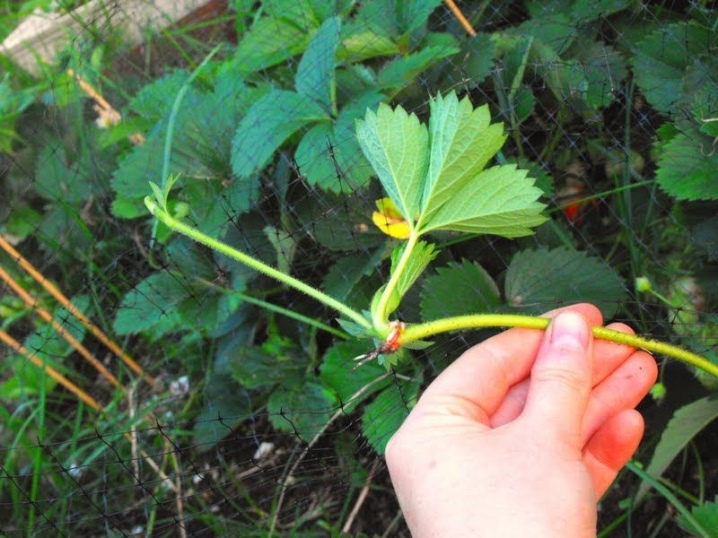
Fundamental rules
In the process of growth, the bushes of garden strawberries have a mustache with small bushes, on which their own roots form as they develop. It is these processes, called rosettes, that are ideal material for planting and propagation.
In practice, many gardeners, when using this technique, prefer to rely on their preferences and advice from friends, often ignoring the basic rules of agricultural technology.
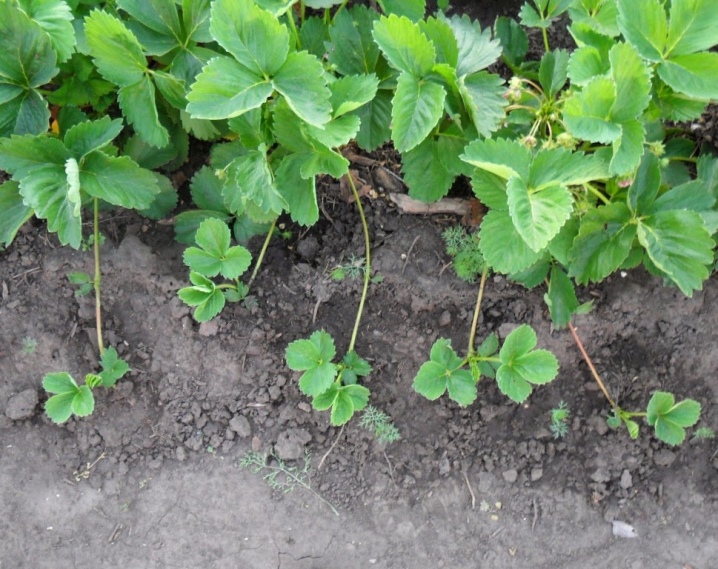
To avoid serious mistakes, as well as to ensure a good strawberry harvest when transferring and expanding the berry, as well as breeding new varieties, it is strongly recommended to focus on the key points.
-
They use exceptionally healthy and most developed sockets that do not have any defects.
-
Bushes with fruits cannot be a source of planting material.
-
Maternal specimens should be determined in advance, ridding them of inflorescences and excess growth.
-
As practice shows, when using bushes for harvesting and seedlings, their fertility decreases by 30%. At the same time, the berries themselves become smaller and lose their taste.

The breeding method described is, in essence, a fairly simple process.However, there are a number of nuances that deserve special attention. The most common mistakes include several points.
-
Premature trimming of the whiskers before the formation of a full root system.
-
Lack of control over the growth of the mustache. If there are too many outlets, then they, as a rule, will be small, weak and unable to fully and quickly take root after seating.
-
Repeated replanting, which damages the roots and weakens the plant.
-
Planting young stock in case of excessive heat or humidity. In the first case, we mean the risk of weakening the immune system, and in the second, the occurrence of fungus and other infections.
And also it is worth mentioning the unprepared soil. It is important to remember that one of the rules for growing strawberries is pH neutral.
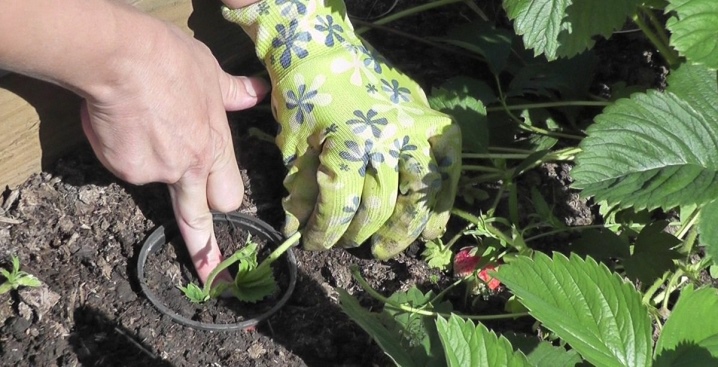
Timing
It is believed that the most appropriate time when strawberries provide the highest quality breeding material is the beginning of summer. Naturally, the determining factor in this case will be the climatic features of the region. Experienced gardeners, when breeding berries and, in particular, when planting, prefer to be guided not by the calendar, but by the state of the prepared seedlings.
It is known that the first roots emerge in June. At the same time, they are separated from the mother bush no later than after 8 weeks.
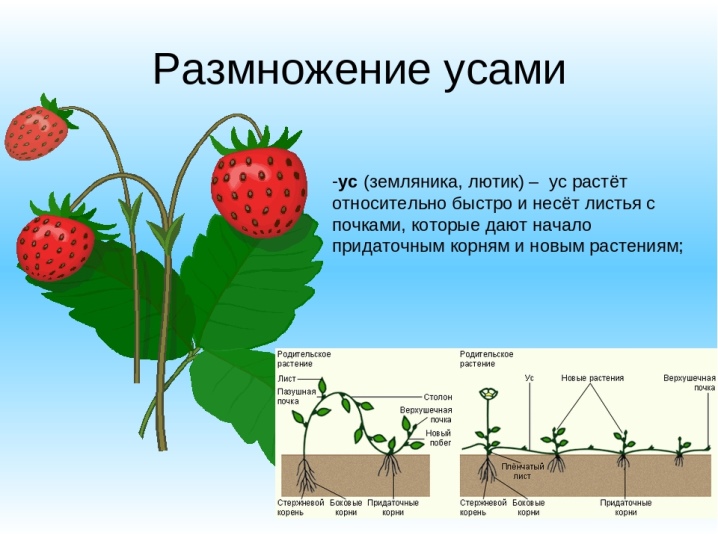
If we are talking about central Russia, then young specimens are rooted at least until the end of the second summer month, but no later than the last days of August. It turns out that the material is planted around the middle of summer. It is important to remember that quality seedlings must meet certain requirements.
-
The rosette has at least 4 strong leaves, and it is well developed.
-
The bush managed to acquire a root system (there are quite powerful roots, from 7 cm).
Youngsters planted in summer will have time to fully adapt and get as strong as possible before the onset of cold weather. Already next summer, this strawberry will give its first harvest. Among other things, it is worth considering that transplanting is best done in the morning, in the evening, or in cloudy weather.
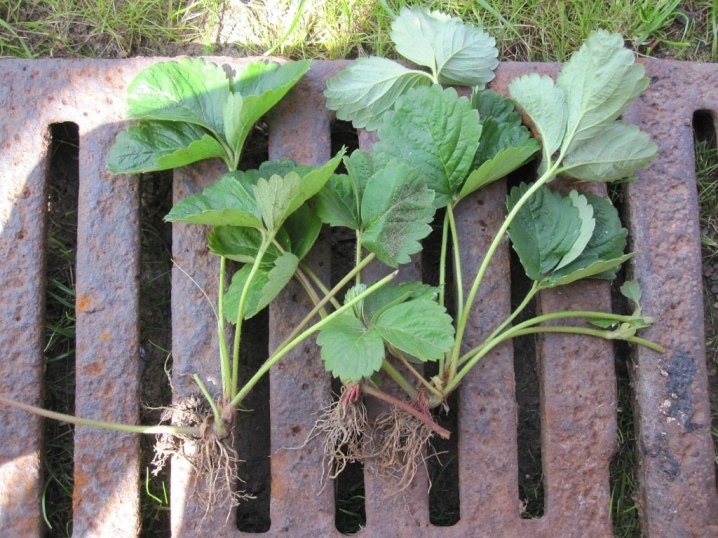
Choosing a mother bush
It is important to note that garden strawberry bushes grow on the plots for 3 years. Practice has proven that their further use is impractical from the point of view of harvesting, since plants weaken significantly with age, begin to bear poorly and lose their reproductive qualities.
Based on this, it is necessary to determine in a timely manner the bushes with the best gene pool. It is they who will become maternal in the future.
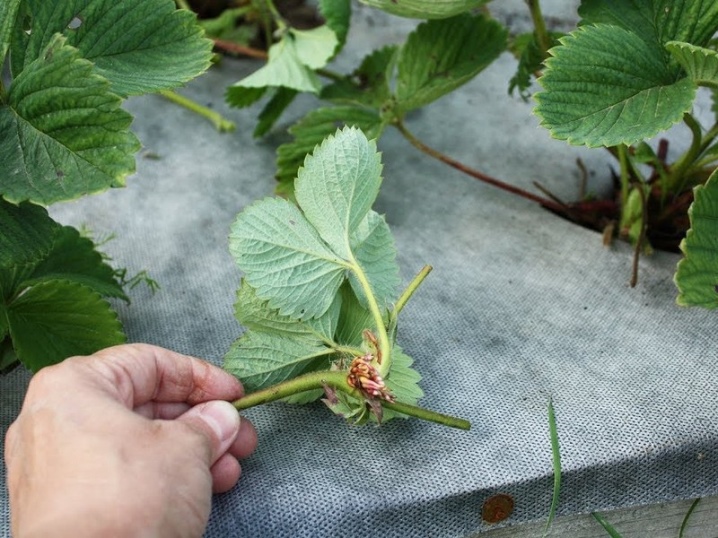
Basic rules for the selection of good queen cells.
-
In the first year of life, shoots are cut off on all bushes, which forces the plants to concentrate their strength on the harvest. At this time, attention is focused on the development of bushes, their flowering and fertility. And also the size and taste of the berries will be the determining factor.
-
As maternal, specimens are selected that showed their best side during fruiting.
-
It is important to pay attention to the resistance of plants to diseases.
-
It is recommended to mark the selected bushes in any way convenient for the gardener. As a rule, ribbons or ordinary pegs are used.
In addition to all of the above, it should be noted that in the second year of life, shoots and inflorescences must be removed from maternal specimens. This will allow the bush to channel maximum energy into the formation and development of strong and healthy outlets.
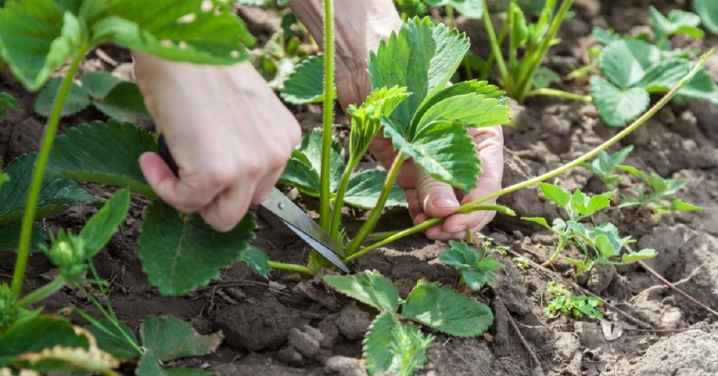
Mustache fitting
First of all, it is worth considering that in order to obtain strong seedlings from a mustache that can provide a good harvest, it is recommended to wait a year. Bushes that are too young, as a rule, are unable to give a sufficient number of strong branches.
On the whiskers that appear after the start of the growing season, the material of the so-called first line is taken. These rosettes are at a minimum distance from the parent plant and have a strong root system of their own, as well as an impressive outer part. All other processes are removed, which saves the strength of the mother liquor.
Often, experienced gardeners prefer to leave only one, the largest, growth. Elements of the "second line" are relevant in case of an acute shortage of seedlings.

After the selection of segments suitable for propagation, it is necessary to prevent the appearance of rosettes of the following orders (lines). And also when choosing a mustache, it is important to remember that the most suitable bushes will be no older than 2 years. As practice shows, older plants give weak offspring.
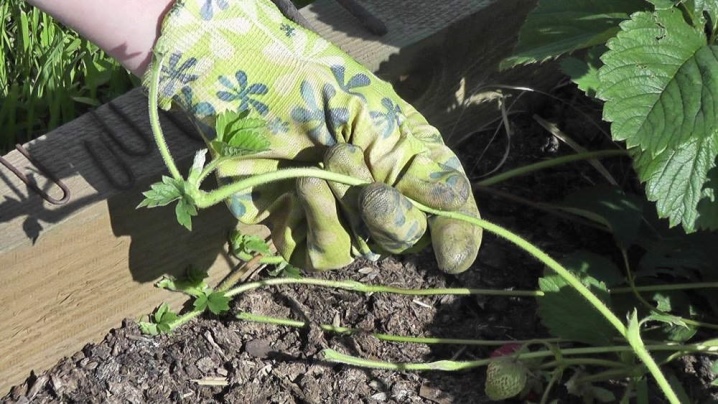
Growing seedlings
The signal for preparing the seedling for separation from the so-called base will be the appearance of its roots. After that, the rosettes are pinned to the ground with a small depression. Then the seedlings require maintenance, carried out according to the standard scheme. It is important to consider that a couple of weeks before planting the outlets in a permanent place, they must be cut off from the parent bush. It is better to cut the cut closer to the outlet itself, so that in the future, no energy is wasted on unnecessary processes.
In situations where the sockets are on mulched or covered beds, they have to be separated while they are not rooted.
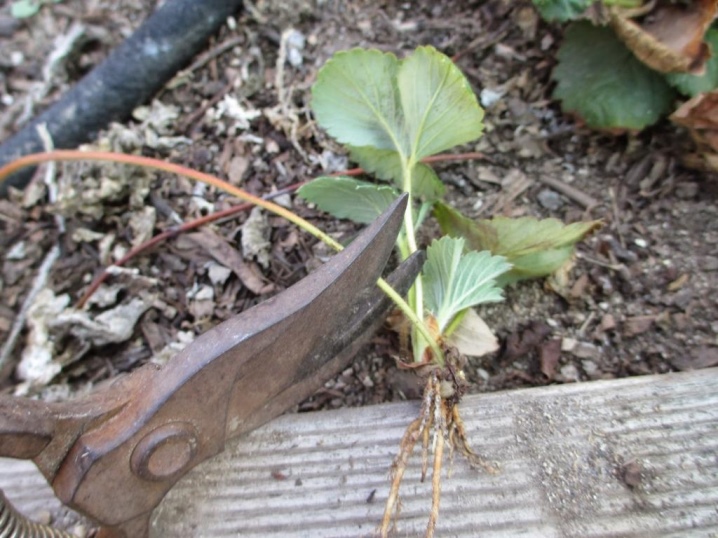
At the same time, they are immersed in biostimulating mixtures for a day. It is also possible to use peat pots, in which the sockets for the formation of the root system are placed without separation from the mother liquor. To speed up the rooting process, growth stimulants are used.
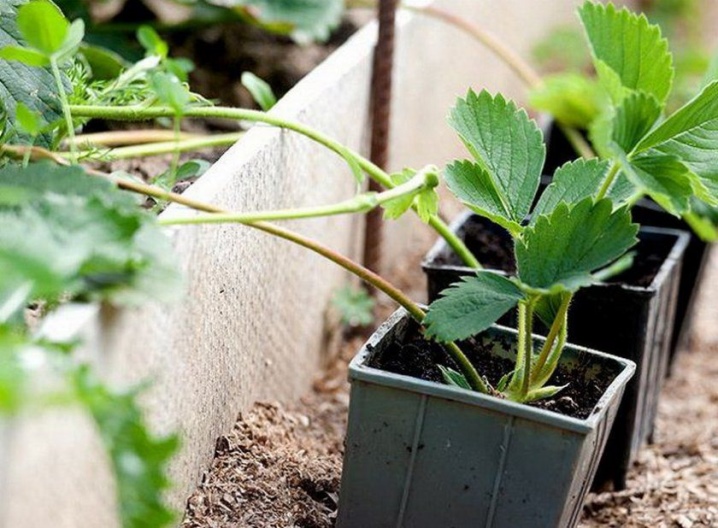
There is another way to prepare seedlings with the described breeding option. Its peculiarity lies in the fact that the mustache is cut off even before the roots form on the young. The procedure in this case involves several steps.
-
Cut rosettes are placed in pre-moistened peat. It is convenient to use special peat tablets.
-
The seedlings are placed on a tray filled with water.
-
The pallet is covered with a transparent lid.
-
Due to the optimal microclimate, rooting occurs very quickly, which is important in those cases when it is impossible to plant the berries on time.
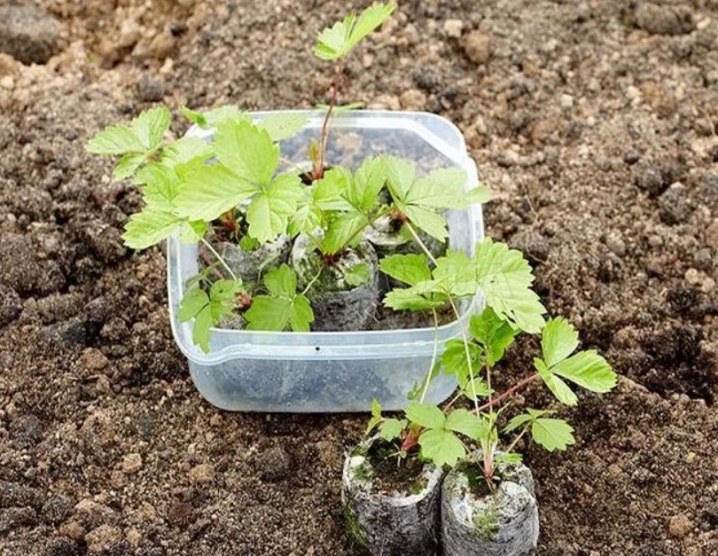
Regardless of whether the seedlings are grown in the open field or the described mini-greenhouses, it is important to constantly monitor the moisture level. This refers to the watering of the seedlings or the constant addition of water to the aforementioned container with pots. Drought or waterlogging should be avoided. If the seedlings have already been placed in the ground, then watering is required every 2-3 days. In parallel, fertilizing with nitrogenous fertilizers is required. If young bushes grow next to the mother plants, then around the first it is necessary to carefully loosen the soil.
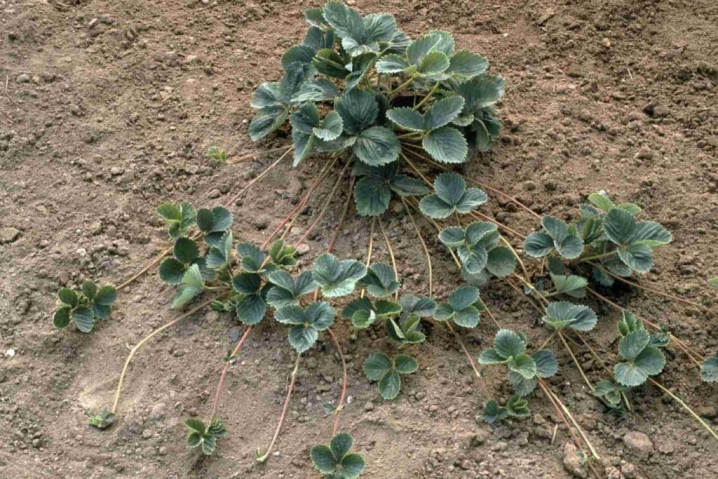
Landing
If you correctly approach the propagation of strawberries in this way, then the gardener will not only be able to update and expand, if necessary, his berry. It will also allow him to grow a good harvest. The main thing is to correctly plant a mustache, which in itself will determine the yield of future bushes.
The question often arises of exactly where to plant. It is important to consider that the areas for planting should be well lit and warm. If the strawberries are in the shade, then the berries will not only be small, but also tasteless.
As practice shows, the ideal option is the presence of protection for the beds on the north side in the form of shrubs or buildings.
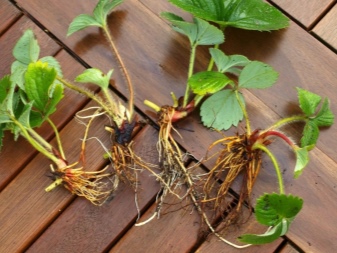
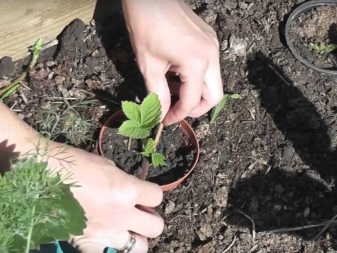
An equally important point is the order of planting. So, it is not recommended to choose places for seedlings on which they previously grew:
-
tomatoes;
-
cucumbers;
-
potato;
-
pumpkin;
-
pepper;
-
eggplant and zucchini;
-
raspberries;
-
lilies and roses.
Suitable precursors include onions and garlic as well as root vegetables (radishes, beets and carrots). In parallel, it is worth noting that the described berry is demanding on soil moisture. However, the location of groundwater close to the surface can be a negative factor.
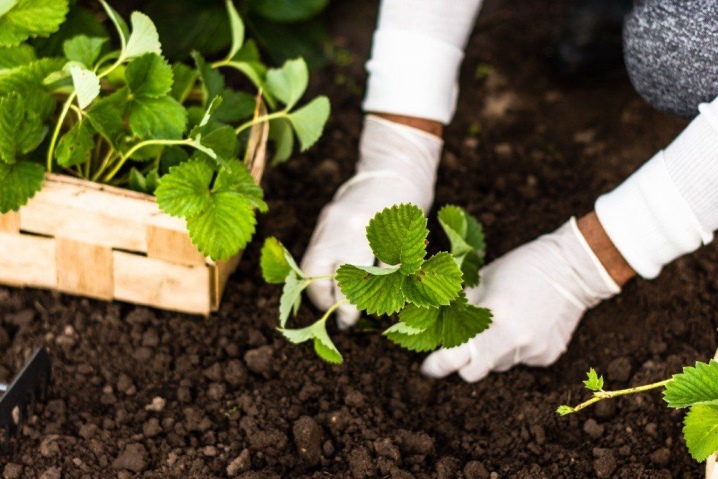
Preparation
This process should start a few days before disembarkation.
Particular attention is paid to the condition of the soil, which must be soft and loose.
It is necessary to create optimal conditions for the seedlings.
-
Dig up the landing area to the depth of the bayonet.
-
Thoroughly remove all weeds (always with rhizomes), as well as debris and stones, including small ones.
-
Add wood ash at the rate of about 300 g per 1 square meter, as well as sawdust and peat (bucket per square meter).
-
Using a pitchfork, dig up the added additives.
It is allowed to introduce not only organic matter into the soil, but also mineral substances. It can be superphosphate (40 g of substance per 1 m2) or complex fertilizers.
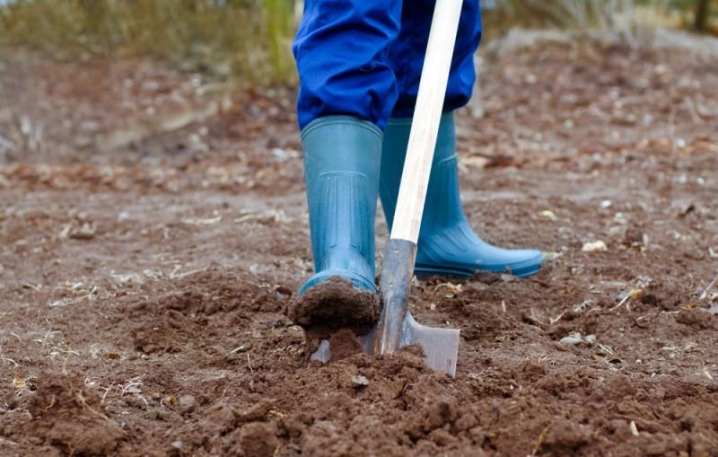
Disembarkation
Initially, it is important to note that the transfer of seedlings is best carried out in the evening or morning. In this case, they can be placed separately, as well as in rows or in the form of nests.
The carpet scheme provides for landing in a chaotic manner.
In practice, gardeners most often opt for two row planting options.
-
Single line with 25 cm spacing between seedlings and 60-80 cm spacing.
-
Two-line, in which the spacing between the bushes and the row spacing will be the same, and the distance between the lines is from 30 to 40 cm.
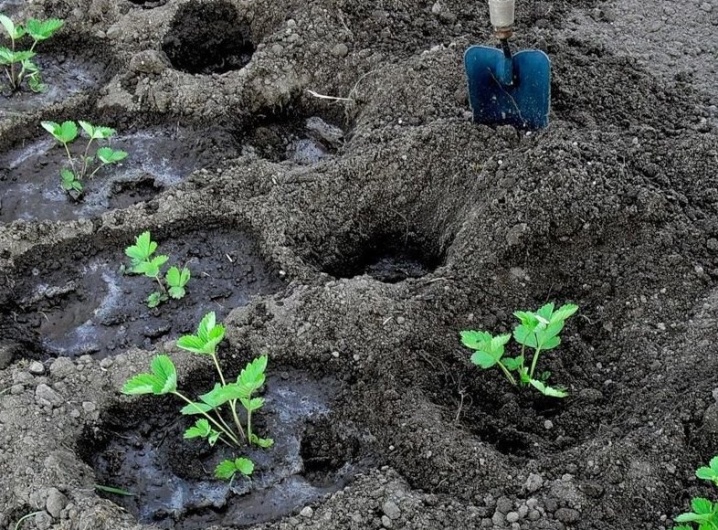
By itself, the procedure for planting strawberry seedlings in the ground is as follows.
-
Cut off the outlet 10 cm from the bush. It is important that she has about a 20-centimeter mustache.
-
Carry out a thorough disinfection of the young stock being planted. To do this, the roots of the seedlings are placed for 10 minutes in a special solution (table salt - 3 tbsp. L., Vitriol - 1 tsp. Per 5 liters of water).
-
Prepare the wells according to the selected scheme and pour them at the rate of 500-700 ml of warm water for each.
-
Place the seedling in the hole so that the "tail" remains at the top and the "foot" is immersed in the substrate. In this case, the core must be at the level of the surface. If it is immersed in the soil or left high, it will rot or dry out accordingly.
-
Water the seedlings abundantly, which will start the rooting process almost immediately.
-
Check for correct fit. You can select any one hole and, with a little effort, pull the seedling, which will not have to be pulled out of the ground.

New rows can be created by simply guiding the whiskers to where the rosettes will need to be rooted and securing them. That is, it is not necessary to transplant them.
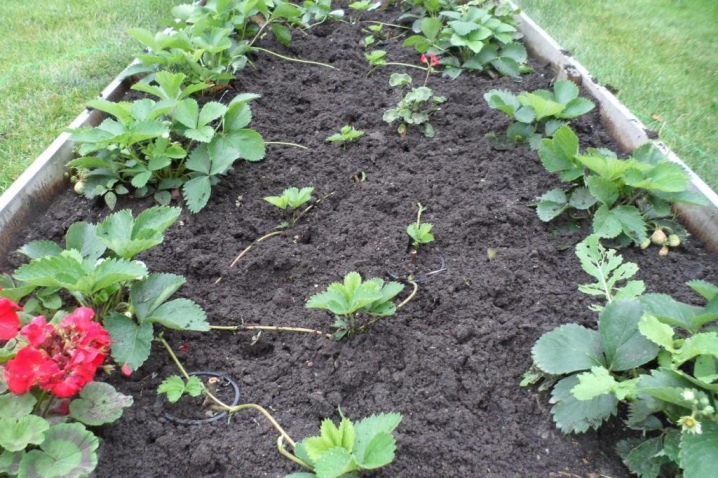
Follow-up care
Particular attention should be paid to outlets that were planted in August, that is, towards the end of summer, since they must be closely monitored, until the first cold snaps. Adequate care involves certain actions.
-
The seedling beds must be covered with a transparent material that will provide protection from precipitation and sunlight.
-
Strawberries require regular watering, taking into account the fact that 1 liter is consumed for each bush.
-
After watering, the aisle must be loosened with accompanying weed harvesting.
-
To prevent excessive evaporation, the areas between the rows are mulched.
-
A month after planting the young, feeding is mandatory. After adding potassium sulfate or complex additives for berries to the soil, it is necessary to carefully huddle the bushes.
-
The beds are insulated for the winter. One of the best options would be to use pine needles, which will protect the plants well from frost and at the same time will not interfere with the penetration of air.
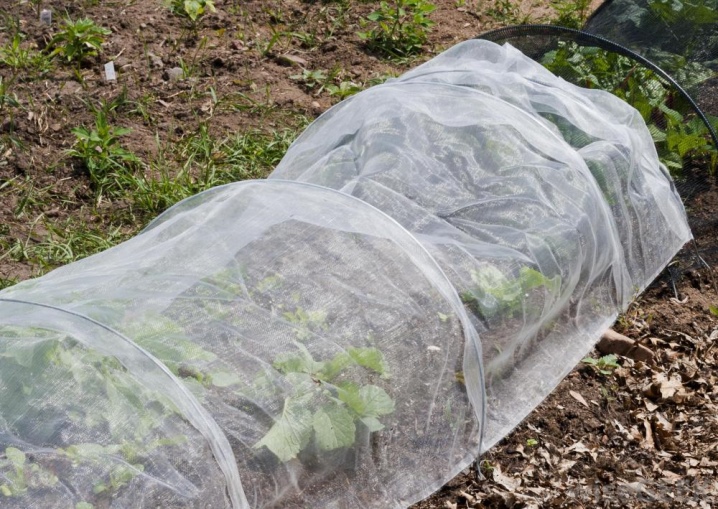
Another important point is taking into account the weather conditions at each stage of strawberry cultivation.
So, if the disembarkation took place closer to the beginning of autumn, and the shelter above the young growth has already been removed, then the beds will have to be watered less often due to rains.
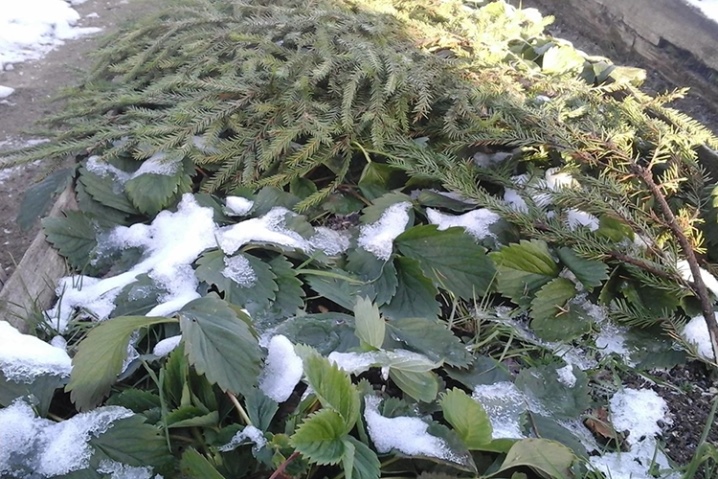









The comment was sent successfully.